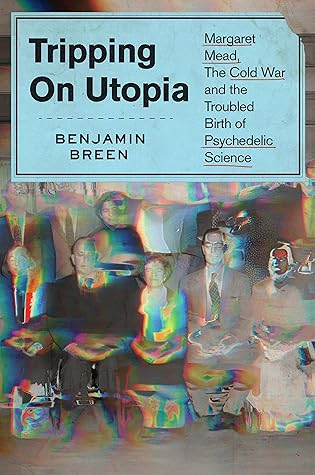More on this book
Kindle Notes & Highlights
Read between
July 29 - August 26, 2024
an anthropologist, a roving, eternal outsider whose work derived from their ability to see the world askance.
On the one hand, there was “the part of him that wanted to be a great scientist.” On the other, a kind of conceptual artist, someone who wanted to live his entire life as “some strange romantic gesture.”
“It made a difference in my life. It began to move the log jam of my old consciousness,” Blum recalled of his first psychedelic experience. “Although I wouldn’t use them until much later, it gave me a new set of optics.”
You have forgotten yellow lights of San Francisco coming on, The bridges choked with cars, and islands in the fog. Or have forgotten why you left or why you came to where you are, Or by what roads and passages, Or what it was, if anything, that you were hoping for. —Weldon Kees, “Travels in North America,” written in March 1954
The rising significance of psychiatry and psychiatric drugs in modern life was, she argued, not a sign of growing mental illness, but a sign of progress. It led to “a world in which no individual feels that he need be hopelessly brokenhearted, a failure, a menace to others or a traitor to himself… a society where there will be freedom from want and freedom from fear.”
The underlying question was fascinatingly fundamental: are we truly the same person from moment to moment? Almost all of us feel, intuitively, that there is an inner core, a sense of self, that persists across the days, months, and years. But could this be proven? And what about drugs that promised to dramatically alter that sense of self?


